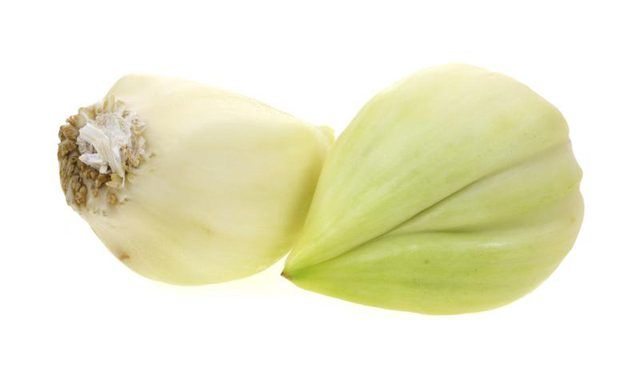Bulbs
Flower Basics
Flower Beds & Specialty Gardens
Flower Garden
Garden Furniture
Garden Gnomes
Garden Seeds
Garden Sheds
Garden Statues
Garden Tools & Supplies
Gardening Basics
Green & Organic
Groundcovers & Vines
Growing Annuals
Growing Basil
Growing Beans
Growing Berries
Growing Blueberries
Growing Cactus
Growing Corn
Growing Cotton
Growing Edibles
Growing Flowers
Growing Garlic
Growing Grapes
Growing Grass
Growing Herbs
Growing Jasmine
Growing Mint
Growing Mushrooms
Orchids
Growing Peanuts
Growing Perennials
Growing Plants
Growing Rosemary
Growing Roses
Growing Strawberries
Growing Sunflowers
Growing Thyme
Growing Tomatoes
Growing Tulips
Growing Vegetables
Herb Basics
Herb Garden
Indoor Growing
Landscaping Basics
Landscaping Patios
Landscaping Plants
Landscaping Shrubs
Landscaping Trees
Landscaping Walks & Pathways
Lawn Basics
Lawn Maintenance
Lawn Mowers
Lawn Ornaments
Lawn Planting
Lawn Tools
Outdoor Growing
Overall Landscape Planning
Pests, Weeds & Problems
Plant Basics
Rock Garden
Rose Garden
Shrubs
Soil
Specialty Gardens
Trees
Vegetable Garden
Yard Maintenance
How to Plant Elephant Garlic Bulbs
How to Plant Elephant Garlic Bulbs. If you're a vegetable gardener or you're thinking of starting a vegetable plot, try elephant garlic (Allium ampelopresum) for an unusual and interesting crop. In spite of its name, this is not a true garlic but rather a type of leek that grows a large bulb. Also called large-headed garlic, it has a garlicky...

If you're a vegetable gardener or you're thinking of starting a vegetable plot, try elephant garlic (Allium ampelopresum) for an unusual and interesting crop. In spite of its name, this is not a true garlic but rather a type of leek that grows a large bulb. Also called large-headed garlic, it has a garlicky flavor that's milder than the taste of true garlic and is easy to plant, needing just a bit of soil preparation in advance and some basic care once planted.
Timing and Soil Preparation
The best time to plant elephant garlic depends partly on where you live. It grows as a perennial in U.S. Department of Agriculture plant hardiness zones 5 through 9, so if you live in one of these zones, you can plant in the fall. This gives the garlic a long growing season that promotes large bulbs. Planting in spring is also a good option in any region, but the plant may produce smaller bulbs or bulbs made up of only a single clove, called a monobulb.
When ready to plant, turn the soil to a depth of about 1 foot, adding 3 or 4 inches of compost to increase its organic content. Add an 8-24-8 granular fertilizer at the same time, mixing it in well; add 1/2 pound per 25 square feet of soil. Soil must also be well-drained, so mix in some coarse sand to improve drainage of clay-rich soil.
Planting Cloves
When ready to plant, purchase elephant garlic bulbs or single cloves from a garden center or nursery. Examine cloves carefully, discarding any that feel moist or have soft spots. If you start with an entire bulb, separate it carefully into individual cloves, being careful not to bruise the pieces. Avoid using bulbs from food stores, because these might harbor pests or carry plant diseases.
Plant each clove pointed-side-up, placing the bottom of the clove about 2 inches deep into the soil. You can dig individual holes for each clove or use a hoe to dig a shallow trench for planting. Allow about 10 inches of space between cloves and, if you plant more than one row, 18 inches between rows. Tamp the soil down well around each clove and water the planting site until moistened.
Care After Planting
If weeds grow near young elephant garlic plants, they can slow plant growth significantly and might lead to a poor crop, so check the area frequently, removing weeds when they're still small. If you use a weeding tool, be careful not to disturb garlic roots, which are often near the soil's surface.
If you're planting in the fall, water whenever the top few inches of soil feels dry to your fingertip. When plants die back in winter, withhold water until you see new growth in spring. When the bulbs are reaching maturity the tops of the plants bend over and start drying and all watering should cease. For spring-planted bulbs, water about every eight to 10 days in the absence of heavy rain; after watering, soil should be moist to a depth of about 2 feet. Check this by digging down into the soil with a trowel, but test an area about 10 inches away from the base of the plants to avoid damaging roots.
Later Care
Once off to a good start in fertilizer-amended soil, elephant garlic plants require little additional care. If plants flower during spring or summer, remove the flowers with shears to prevent setting of seed, which can weaken plants. Clean your blades with rubbing alcohol to prevent spreading plant disease.
Plants usually start to dry up in late summer, eventually bending and falling over. At this point, don't provide any supplemental water, allowing the plants to dry fully. Harvest bulbs with a garden fork, being careful not to damage them, and dry the bulbs in a shady spot for about one week.